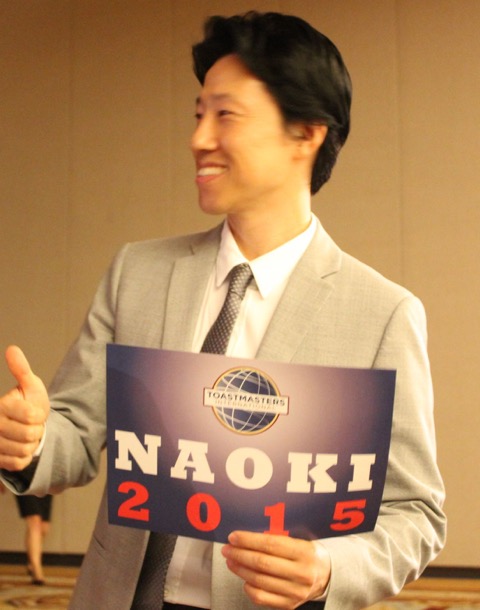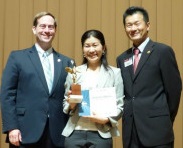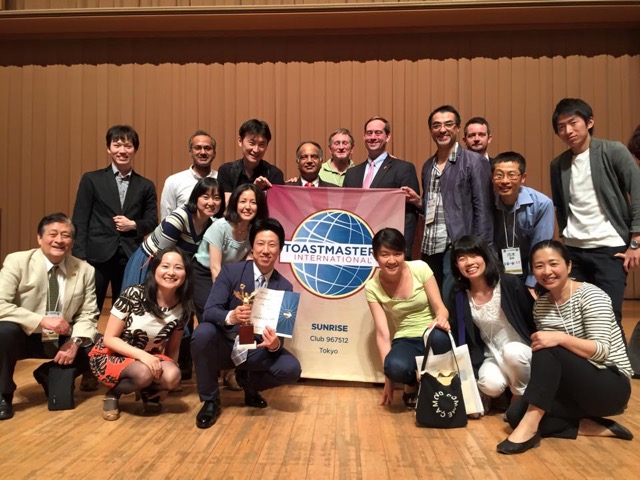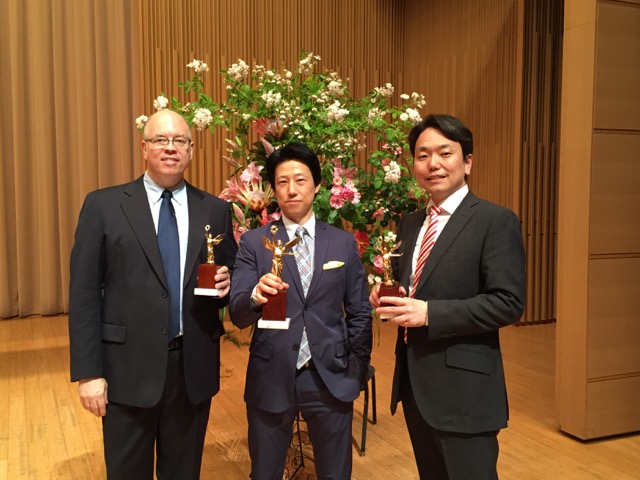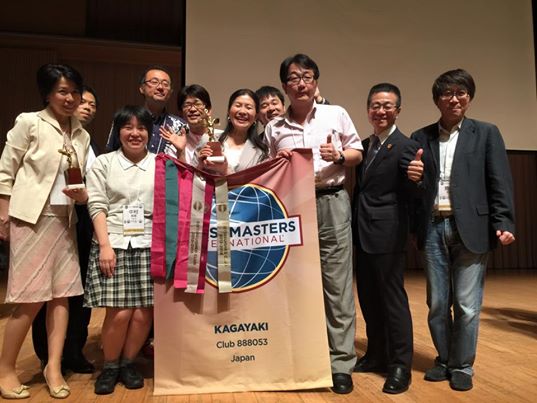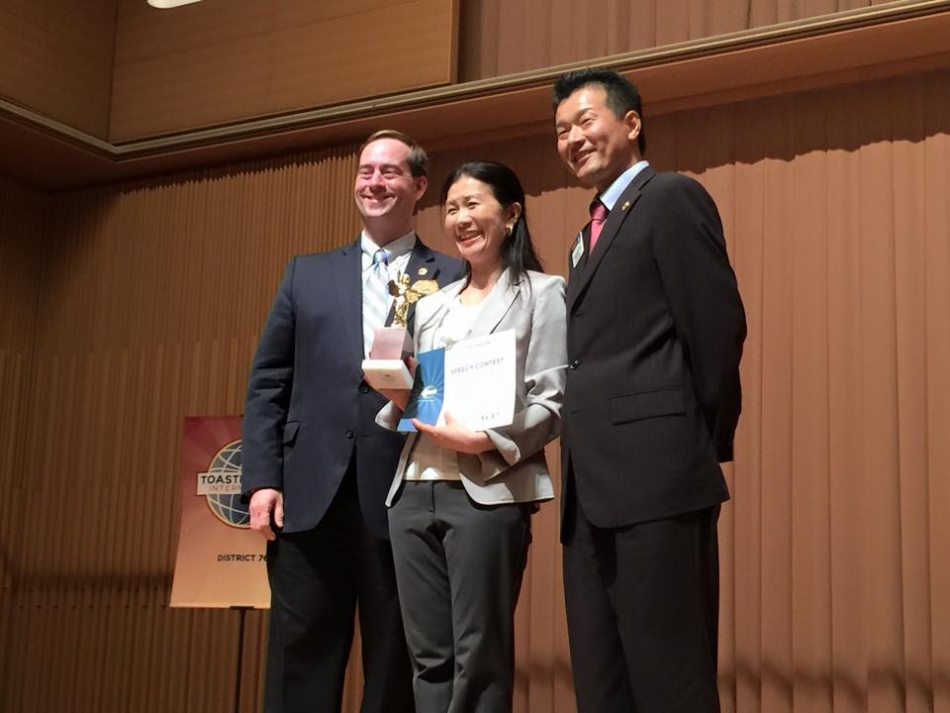Craig Valentine, the 1999 world champion of public speaking, says, if you master the art of storytelling, you will be 80 percent across the bridge to mastering the art of public speaking.
The art of storytelling could be as profound and complicated as rocket science; that’s the bad news, but the good news is that we can learn the process of it in Toastmasters.
I am glad that I have this opportunity to share my 4C’s, storytelling devices that I learned and actually used in developing the speech “Pinch Hitter.”
The 4C’s are: Conflict, Character, Catalyst, and Comparison; Let’s take a look at them one by one.
The first key to my story is the conflict; if there is no conflict in your story, nobody wants to listen to it. Imagine if the Titanic hadn’t hit the iceberg and arrived in New York City just like that. Imagine if Apollo 13 kept saying “Huston, we have no problem.” Imagine if Cinderella was rich. May be nobody would bother watching them.
Conflict is a challenge, problem, incident, adversity that the main character faces to overcome in the story.
In “Pinch Hitter,” I immediately threw the main character (myself) into a conflict where I was called up as the pinch hitter in the defining moment when it was least expected. Then the conflict was escalated when I got strike one, strike two, and strike three where I was yelled “why didn’t you swing?” As a result, the main character was haunted by the regret of not swinging in the defining moment.
It’s the conflict in a movie that keeps the watchers hooked to the screen. It’s the conflict in a book that keeps the readers glued to the pages. It’s the conflict in a speech that keeps the audience curious about the next words. Always establish a conflict as early in the speech as possible before the audience gets bored; then the conflict must be escalated to make it more dramatic, like on the Titanic, the water level keeps rising and rushing down the halls of the ship until people have to make life-changing decisions.
The second key to my story is the character; each of the characters in your story has to be seen, heard, and known by the audience, but you don’t have to go overboard in description. You can just drop a hint about the character then let your audience enjoy picturing it. This is why sometimes the book is better than the movie. The book allows readers to put together some elements in their mind. The same is true on storytelling; it allows the audience to put together some elements in their mind.
In “Pinch Hitter,” there are three characters appearing in the story: my boss, Ms. Nakayama, and myself. I didn’t give any physical description of my boss but instead I showed his comical but lovable personality. By the same token, I allowed my audience to picture how Ms. Nakayama looks by just showing her behavior.
The third key to my story is the catalyst and this is the most important element to think about in crafting a speech. Catalyst is the cause of why the main character can find the solution. In other words, it is the bridge that connects your story and your message. The catalyst is someone or something that serves as the stimulus for change in the main character’s life. The catalyst can lead the main character to a discovery to overcome the conflict.
In “Pinch Hitter, “ the catalyst is my past painful regret that later leads me to making a decision to “swing,” rather than letting it slip by in the defining moment. And the most importantly, the catalyst produces the core message, “swing in the defining moment” out of the story. The message has to be tied to the story, and a catalyst is the one that binds them together.
Last but not least, the final key to my story is the comparison.
People unconsciously tend to compare one thing to another. When they see something new, they try to assimilate it to something they have already known. This is why using metaphor is one of the most convenient ways to engage your audience into your presentation. An example is a line from the movie, Forrest Gump, “Life is like a box of chocolates, you never know what you’re gonna get.”
Parody is an extended version of comparison. People laugh as a result of comparison between the original story and the second story that was similar to the original but a little twisted.
In “Pinch Hitter,” I synchronized two different stories: one with the baseball game, and the one with the business meeting. Having my audience compare the business story with the baseball story, I was able to achieve three goals;
I created a humor opportunity.
I delivered what my audience expected.
I delivered what my audience did not expect.
The point I am trying to make here is that you can have a variety of options by using the “comparison device” in storytelling.
The 4C’s are just a part of storytelling devices that I applied to my speech. Each speaker takes different approach in crafting a speech; therefore, some of the devices I introduced above may not be suitable for your speech. However, I hope a lot of Toastmasters find my comments informative and beneficial. I also hope that more Toastmasters are encouraged to share their own experience and knowledge of public speaking with as many Toastmasters as possible. Toastmasters is a place where people can learn and grow through challenges and mistakes.
Thanks for reading my comments till the end.
If I can be of any further help to your club, I would love to visit your club and talk about anything ranging from storytelling to rocket science.
District 76 International Speech Contest 1st Place Winner in 2015
